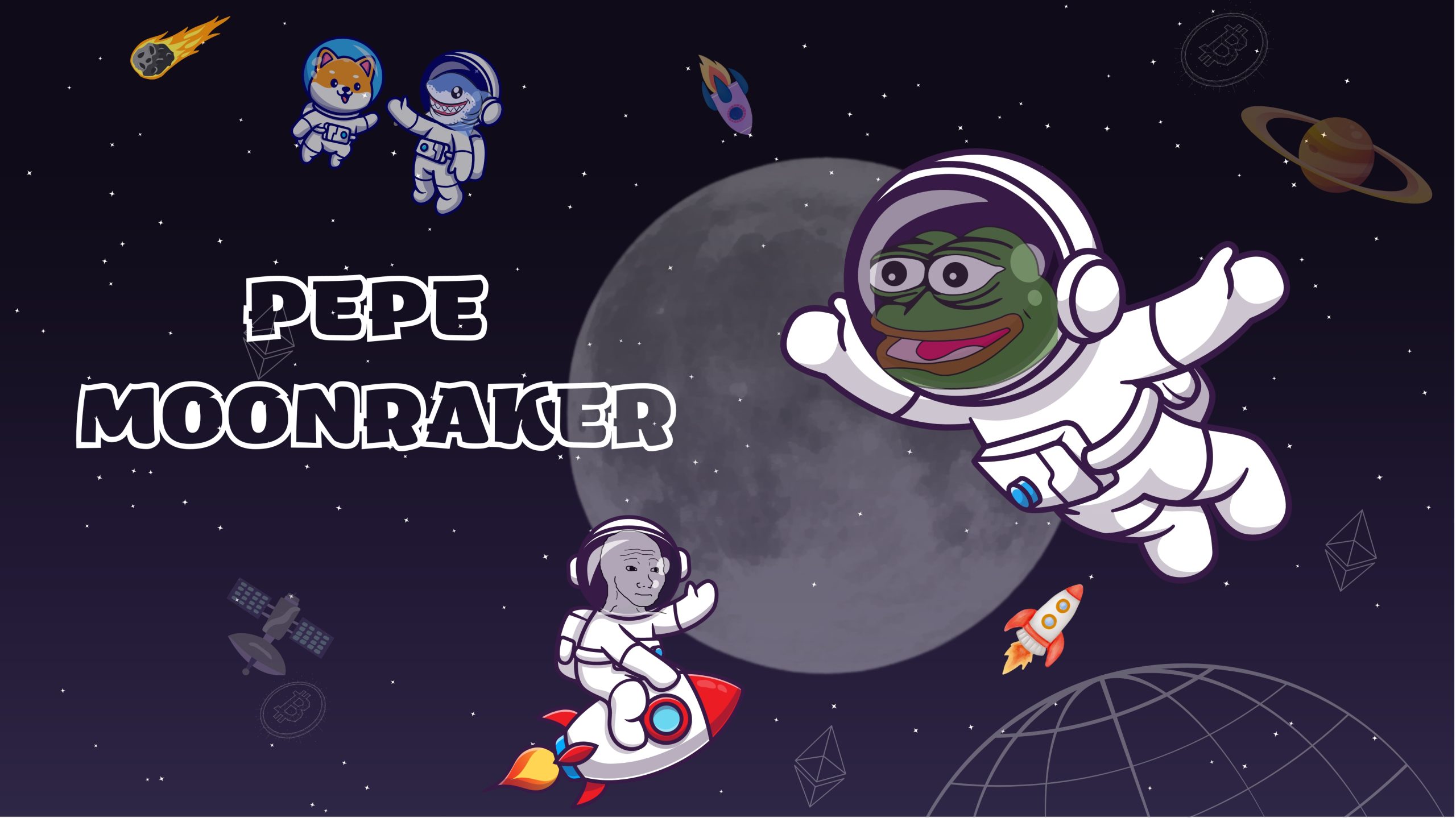As financial markets evolve, the debate between traditional real estate investments and modern digital assets like Bitcoin has become increasingly relevant. Robert Kiyosaki, the influential author of “Rich Dad Poor Dad,” has offered a nuanced perspective on the differences between these two investment avenues, shedding light on their distinct characteristics and implications for investors.
The Stability of Real Estate
Real estate has long been heralded as a cornerstone of investment strategy, known for its stability and potential for steady returns. Historically, real estate investments provide a tangible asset that can generate rental income and appreciate over time. Properties, whether residential or commercial, offer intrinsic value based on location, physical condition, and market demand.
One of the key advantages of real estate is its relatively stable performance compared to more volatile assets. Real estate markets are influenced by factors such as local economic conditions, interest rates, and population growth. While fluctuations do occur, they tend to be less dramatic than those experienced in stock or cryptocurrency markets. This stability appeals to many investors who seek long-term growth and consistent cash flow.
Furthermore, real estate allows investors to directly manage and improve their assets. Activities like renovating properties, enhancing curb appeal, and optimizing rental agreements can significantly impact returns. This hands-on approach offers a sense of control and the potential for value creation beyond mere market appreciation.
However, real estate investment is not without its challenges. It requires substantial capital for purchasing properties, managing maintenance costs, and covering expenses such as property taxes and insurance. Additionally, real estate investments are relatively illiquid, meaning that selling a property can take time and may not always align with an investor’s immediate financial needs.
The Volatility of Bitcoin
In contrast, Bitcoin and other cryptocurrencies represent a new frontier in investment opportunities. Launched in 2009, Bitcoin has emerged as a revolutionary digital asset, leveraging blockchain technology to enable decentralized transactions. Unlike physical assets, Bitcoin exists solely in the digital realm, and its value is driven by market demand, technological advancements, and regulatory developments.
Bitcoin’s most notable characteristic is its volatility. The cryptocurrency market is known for its rapid price fluctuations, which can lead to significant gains or losses within short periods. This volatility is largely influenced by factors such as investor sentiment, regulatory news, technological breakthroughs, and macroeconomic trends. For instance, regulatory announcements from major governments or significant advancements in blockchain technology can cause substantial price swings.
Despite its risks, Bitcoin is increasingly seen as a hedge against inflation and economic instability. With its limited supply—capped at 21 million coins—Bitcoin offers a form of scarcity that contrasts with traditional fiat currencies subject to inflationary pressures. This aspect has attracted investors seeking to diversify their portfolios and protect against devaluation of traditional currencies.
Moreover, Bitcoin offers high liquidity compared to real estate. It can be bought or sold quickly through various cryptocurrency exchanges, providing investors with greater flexibility. However, this liquidity comes with its own set of risks, including exposure to hacking, fraud, and regulatory uncertainties.
Expertise and Accessibility
Investing in real estate typically demands a deep understanding of market dynamics, property management, and financing options. Investors must analyze local market trends, property values, and rental income potential. The process often involves significant research and hands-on management, making it suitable for those who prefer a more active investment role.
Conversely, investing in Bitcoin requires a different skill set, including knowledge of blockchain technology, cybersecurity, and market analysis. The cryptocurrency market operates 24/7, requiring investors to stay informed about global developments and market trends. While Bitcoin’s lower entry cost compared to real estate makes it more accessible, it also demands a higher tolerance for risk and a readiness to navigate a rapidly changing environment.
The Path Forward
Kiyosaki’s insights highlight that both real estate and Bitcoin have unique advantages and challenges. Real estate offers stability and tangible value, appealing to those seeking long-term growth and hands-on management. Bitcoin, on the other hand, presents opportunities for high returns with greater volatility and requires a different set of skills and risk management strategies.
For investors, the decision to focus on one asset class over the other—or to pursue a diversified approach—depends on individual financial goals, risk tolerance, and investment preferences. Real estate can provide a solid foundation for wealth building, while Bitcoin offers potential for high returns and diversification. Embracing both asset classes and understanding their dynamics can help investors navigate the complexities of modern investing and build a resilient portfolio.
As the financial landscape continues to evolve, staying informed about emerging trends and adapting investment strategies accordingly will be crucial. Whether investing in physical properties or digital assets, a thoughtful approach that aligns with one’s financial objectives and risk appetite will pave the way for successful investment outcomes.

